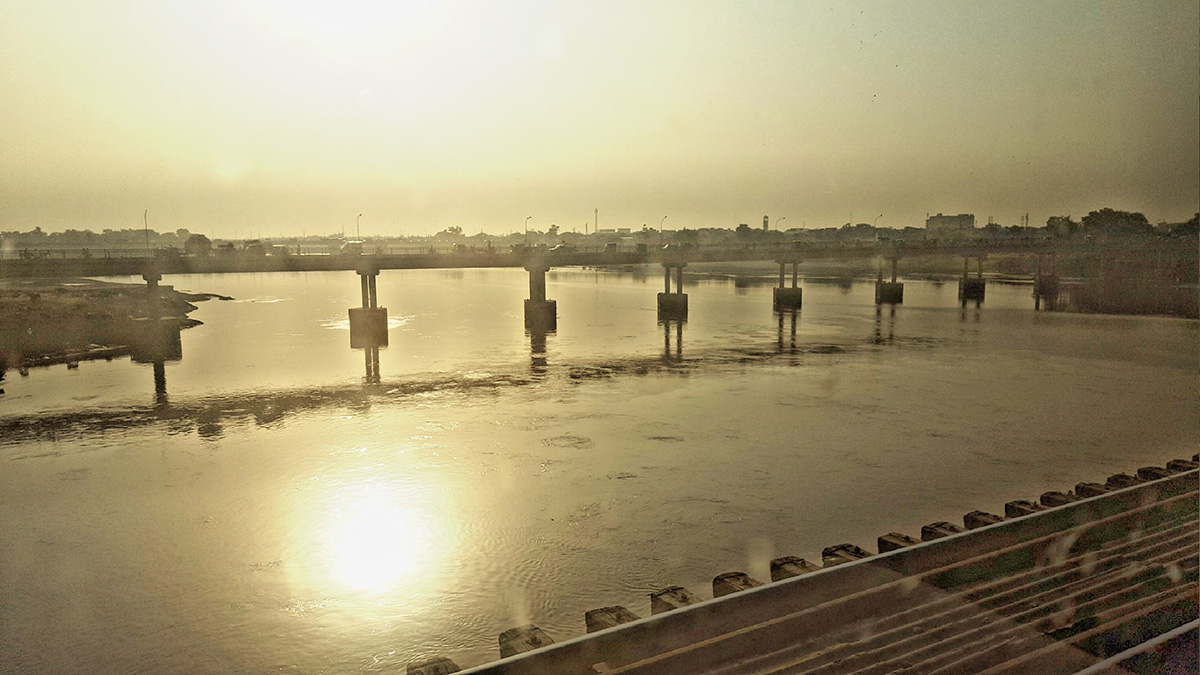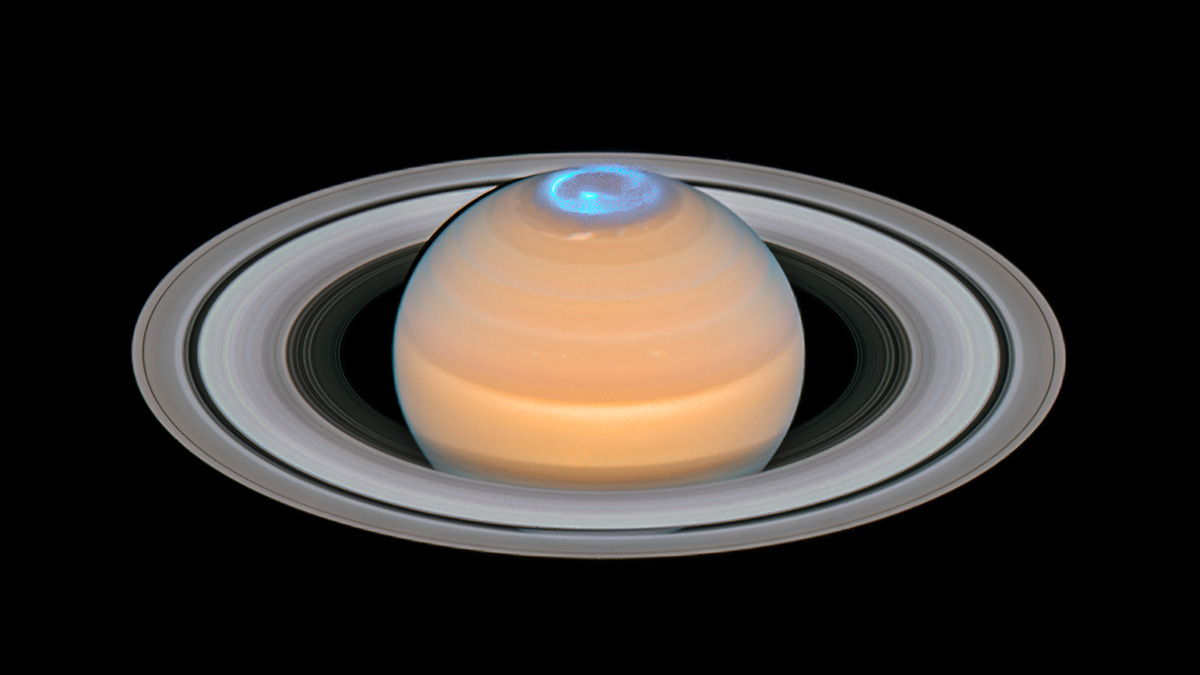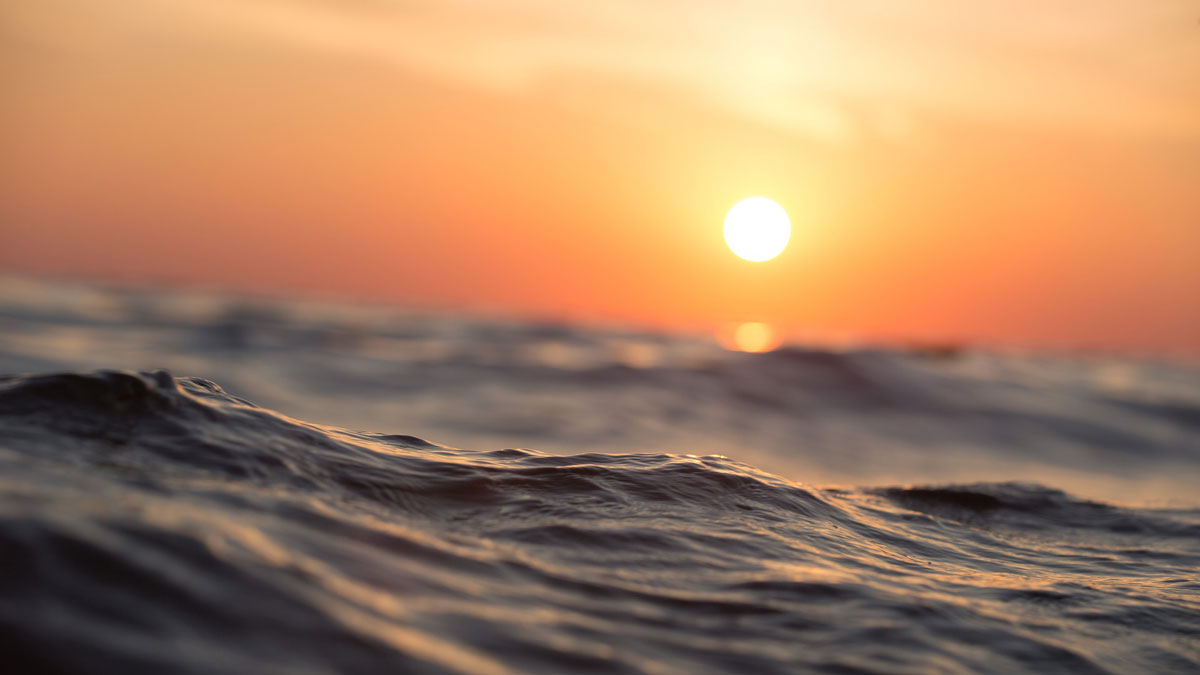A quarter of 258 observed rivers had unsafe levels of at least one drug. The findings raise concerns about Earth’s aquatic life and the global threat of antimicrobial resistance.
News
The Surprising Greenhouse Gas That Caused Volcanic Summer
Extended periods of volcanism known as flood basalt eruptions lead to volcanic winters, which are often followed by an extended period of warming. But it was more than just carbon dioxide that warmed the globe.
Just 15.5% of Global Coastline Remains Intact
Combining data from land and sea helps ecologists measure human impact.
Saturn’s Powerful Winds Explain Changes in the Length of Its Day
Atmospheric winds moving at more than 7,000 kilometers per hour distort Saturn’s magnetic field, revealing why spacecraft have measured changes in the length of a day on the ringed world.
Once Extreme Ocean Temperatures Are the New Normal
A new analysis finds extreme warming events in the ocean have increased relative to the very far past, with nearly 60% of the ocean experiencing extreme heat in 2019.
Satellites Help Cement South Africa’s Space Industry
A trio of CubeSats allows South Africa to showcase its growing space industry as well as monitor its coastal zones.
Martian Meteorites Reveal Evidence of a Large Impact
By analyzing rare Martian meteorites, researchers have uncovered a crystalline structure created by a large asteroid or comet impact that potentially affected the Red Planet’s habitability.
Tree Carbon Data That Ring True
An international group of researchers may have found a way to better account for carbon storage in forests.
Hazards Scientist David Applegate Nominated for USGS Director
If confirmed, Applegate would fill a yearlong vacancy at the head of the agency.
Extracting Rare Earth Elements from Waste with a Flash of Heat
A method called flash Joule heating could offer a more sustainable way to source essential components of electronics from coal fly ash.










